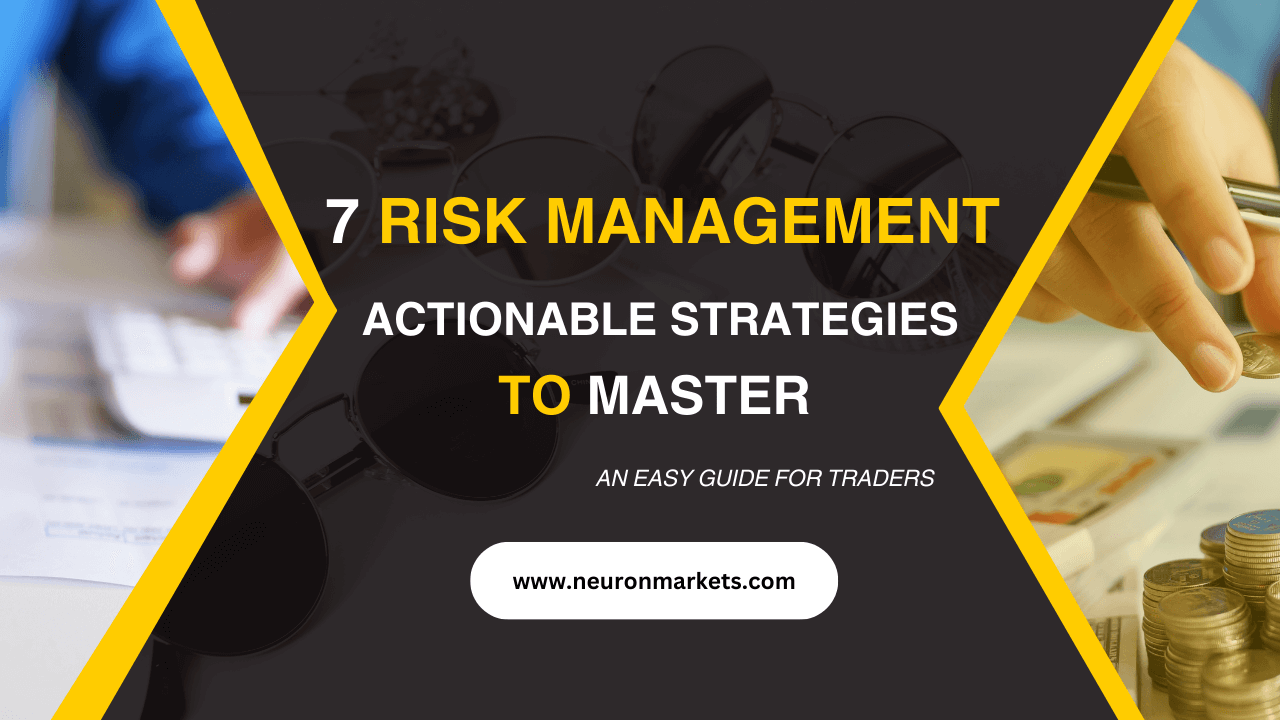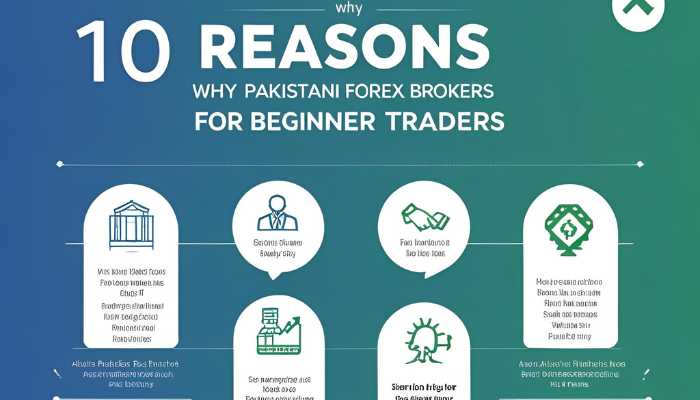“An Easy Guide For Traders“
Key Takeaways
- Understand The Risk
- Asses The Risk Proactively
- Diversify
- Set Stop-Loss
- Understand Risk Reward Ratio
- Learn How To Control Risk
- Continuously Monitor
In the vast trading world, where fortunes are made or lost, understanding Risk Management is key for long-lasting success. Whether you are a pro trader or just hitting the ground, identifying the risk is crucial for better results. Closely assess risk and mitigate the risk to safeguard your investments and maximize the returns.
“7 Risk Management Actionable Strategies To Master” will teach you how to protect yourself from catastrophic losses.
Understanding of The Risk
Understand the concept of risk before diving into risk management strategies. Risk is the probability of losing all investment or
some part of it. These losses can be adverse sometimes. There are many reasons for these losses. Some of them can be listed here.
- Market volatility (Sharp Price Movements)
- Economic Events
- Geopolitical Tensions (Political Issues between 2 or more countries causing unrest)
- Unexpected News
Risk Assessment, Basic Fundamental of Risk Management
The first and foremost step while managing risk is to assess the risk involved in your trading. Let us jot down a few key significant factors:
- Market Conditions
- Asset Volatility
- Leverage
- Position Sizing (The dollar amount that an investor is going to trade)
Research well, analyze, and try to identify potential risks and then make strategies to mitigate the risks.
Diversification
There is a famous quote, “Don’t put all eggs in one basket”. The most important principle in risk management is diversification. When you spread your investments across different industries and asset classes, you can minimize the risk of having a worse impact on your portfolio, ultimately minimizing risk without the loss.
Setting Up Stop-Loss Orders
It is a proven fact that stop-loss is a powerful risk management tool that helps reduce losses. With the help of stop loss, the traders are instructed to sell out security at a certain price level. This way the traders can prevent their portfolio losses beyond a specific threshold. Setting stop losses helps with risk tolerance and also helps exit trades before the losses escalate.
Risk-Reward Ratio
The risk-reward ratio is another risk management aspect. It assesses the reward relative to the amount of risk. When traders aim for trades with higher potential rewards than the risk associated, they may tilt and turn the odds in their favor over the long run.
Let us explain it with a simple example to understand the Risk risk-reward ratio.
Imagine a trader decided to buy a stock priced at $40 per share. The trader believes the stock could rise to $50 per share, giving the trader a potential profit of $10 per share if the trade goes according to the plan.
However, the trader can also acknowledge that there’s a risk the stock could decline instead, and trade can go the other way around. Let’s say the trader sets a stop-loss order at $35 per share, meaning he/she is willing to accept a maximum loss of $5 per share if the stock price drops to that level.
In this scenario, let us now calculate the Risk Reward Ratio,
Potential Reward: $10 per share (if the stock rises to $50)
Potential Risk: $5 per share (if the stock falls to $35)
Now, to calculate the Risk-Reward Ratio, simply divide the potential reward by the potential risk,
Risk-Reward Ratio = Potential Reward / Potential Risk (Reward Divided by Risk)
Risk-Reward Ratio = $10 / $5
Risk-Reward Ratio = 2
Here, the risk-reward ratio is 2. It means that for every $1 the trader is willing to risk (potential loss), he/she has the potential to gain $2 in return (potential profit).
Traders often look for trades with a favorable risk-reward ratio, where the reward outweighs the potential risk, helping them make informed decisions about entering trades.
It helps a lot in Risk Management Strategies.
Techniques To Control Risk
Let us first jot the techniques down:
- Position Sizing (Deciding on trade size)
- Hedging (Protection against losses)
- Portfolio Rebalancing (adjustment for the investments)
- Scenario Analysis (assessing the impacts of the future)
All these techniques and their combination can help adapt to changing market conditions and can help effectively minimize the risks. It makes the traders proactive in their Risk Management exercise.
Consistent & continuous Adjustments and monitoring
Trading markets are always unpredictable, so being vigilant is necessary. It’s an ongoing process and it needs continuous monitoring. Risk management is a planned strategy and if the traders are not well informed, and they are not proactive, they might face
bigger losses. As we have mentioned earlier, Market volatility, Economic Events, Geopolitical Tensions, and Unexpected News are the factors that can affect the market suddenly and can bring serious risks to the traders’ portfolios.
To cut a long story short, Risk Management is a cornerstone for a successful trade. Risk assessment, diversification, stop-loss techniques, risk reward ratio, and risk control strategies help traders make informed decisions and help them a lot to avoid greater losses. By following these tips and techniques the traders can maximize the returns on their investment.
Remember the words of Naved Abdali,
“It is not a calculated risk if you haven’t calculated it.”
And note down the quote from Anthony T. Hincks,
“Risk Management lets you appreciate the risk while you let someone else shoulder all the worry.”




